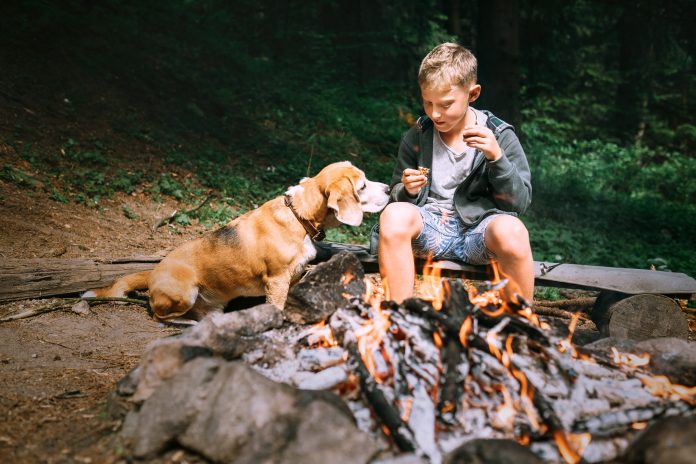While school holidays are a fun time for children, in light of National Burns Awareness Month, clinicians are urging parents to be vigilant as new data reveals a spike in burn injuries in children during the school holidays.
Calling for parents and their children to stay safe while on holidays, Dr Monique Bertinetti, Paediatric Burn Surgeon at the Burn Unit at the Children’s Hospital at Westmead and co-author of the recent report, says that while children should enjoy their school holidays, it is important to be mindful to avoid burn injuries.
These calls come as a recent report by the Burns Registry of Australia and New Zealand (BRANZ) has shown that more than 4,000 children aged four to 18 years, were hospitalised with burn injuries over a 10-year period between January 2009 and December 2018.
Measuring the number of burns that occurred each week throughout the study, the researchers found that burns injuries spiked by almost 40% during the school holidays.
Injuries that occurred during the school holidays also increased from 29% in 2010 to 31% in 2018.
Dr Lincoln Tracy, Monash University researcher and study co-author, explains that these injuries are often accidental and can be avoided.
“The latest report confirms previous anecdotal and local evidence that a significant number of paediatric burns occur during the school holidays and unfortunately this number is on the rise,” says Dr Tracy.
“Our findings suggest that school-aged children who sustained burn injuries during school holiday periods are younger, have a greater proportion of burns from vehicle exhaust, hot coals and ashes, and are more commonly injured during recreational or leisure activities.”
Common burn injuries
The most common school holiday injuries requiring hospitalisation included:
- Children coming into contact with hot car or motorbike exhaust pipes (11%).
- Children coming into contact with the hot remains of a campfire (8%).
- Children accidentally scalded from hot water.
It’s noted that flame burns from campfires, bonfires or burn offs were the leading cause of injury both during the school holidays and during the school term, accounting for 12% of the injuries.
“Exhaust pipes on cars and motorbikes become so hot they can burn the skin in seconds,” warns Dr Bertinetti, adding that these types of burns “happen quickly, often require surgery and leave scars that last a lifetime”.
Warning about the dangers of campfires, Dr Bertinetti adds: “When sand is used to cover a campfire it not only makes it harder to identify as a prior fire site, it also allows the coals lying underneath to retain heat for several days.
“The coals and ashes can severely burn the feet of children who unknowingly walk across these sites with or without wearing shoes.”
Gold standard first-aid practice for burns
The current gold standard first-aid practice for burns is 20 minutes of cool running water within three hours of injury.
To the full report, visit: monash.edu/__data/assets/pdf_file/0019/2234602/SchoolHolidayBurns_FINAL.pdf.










